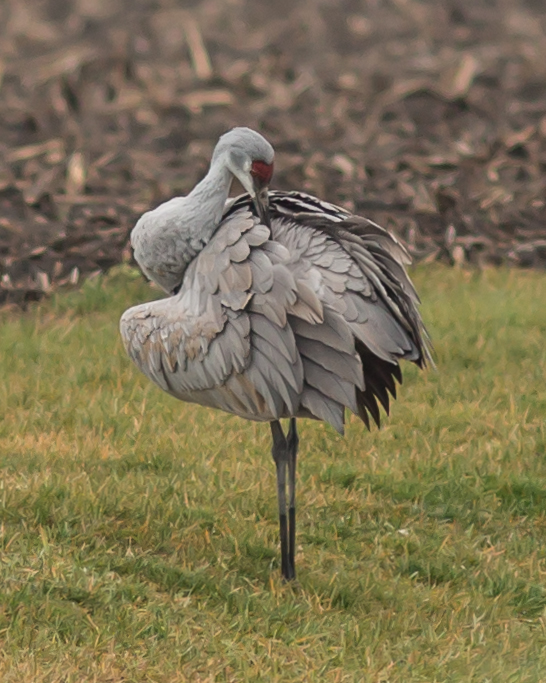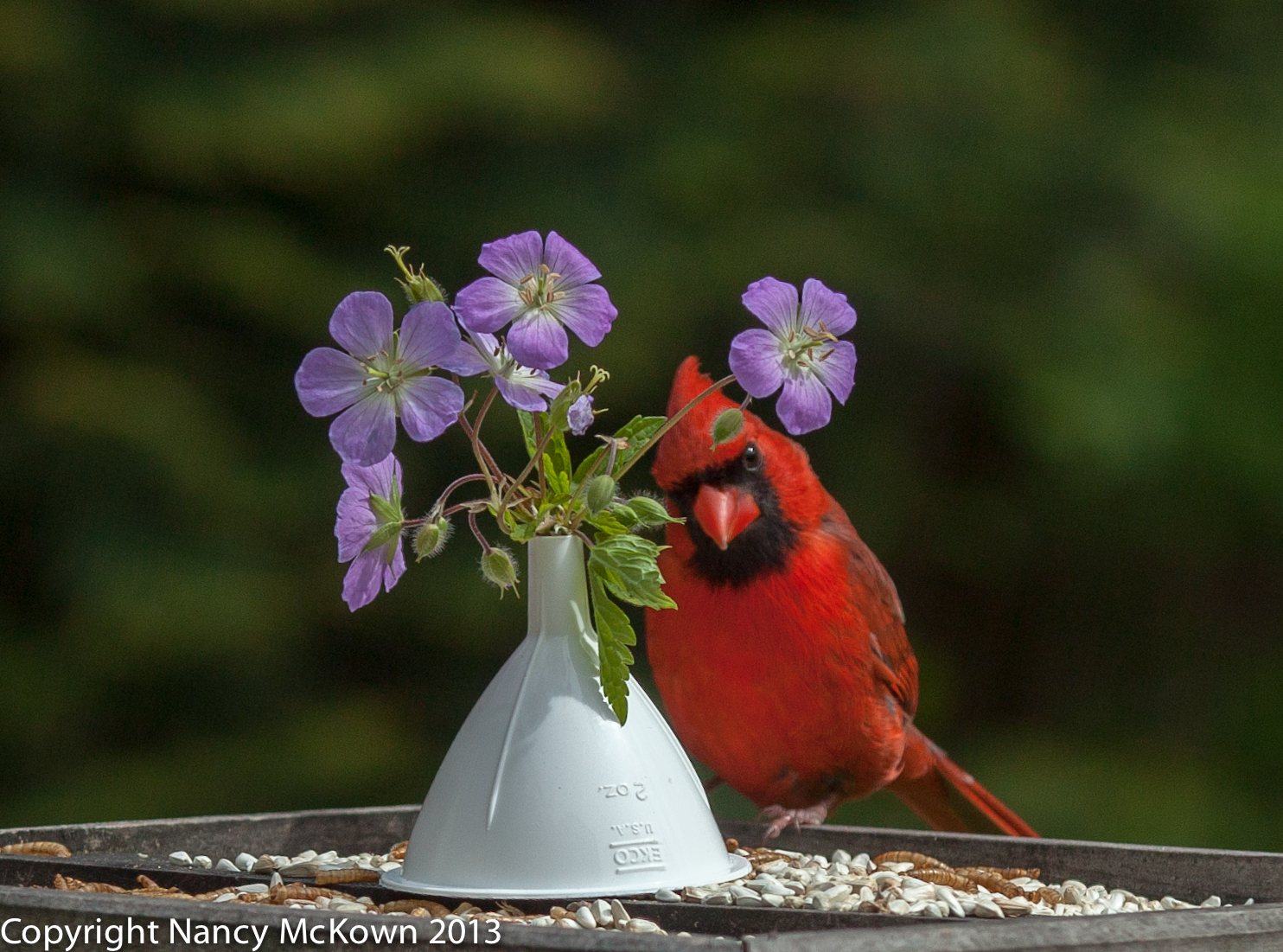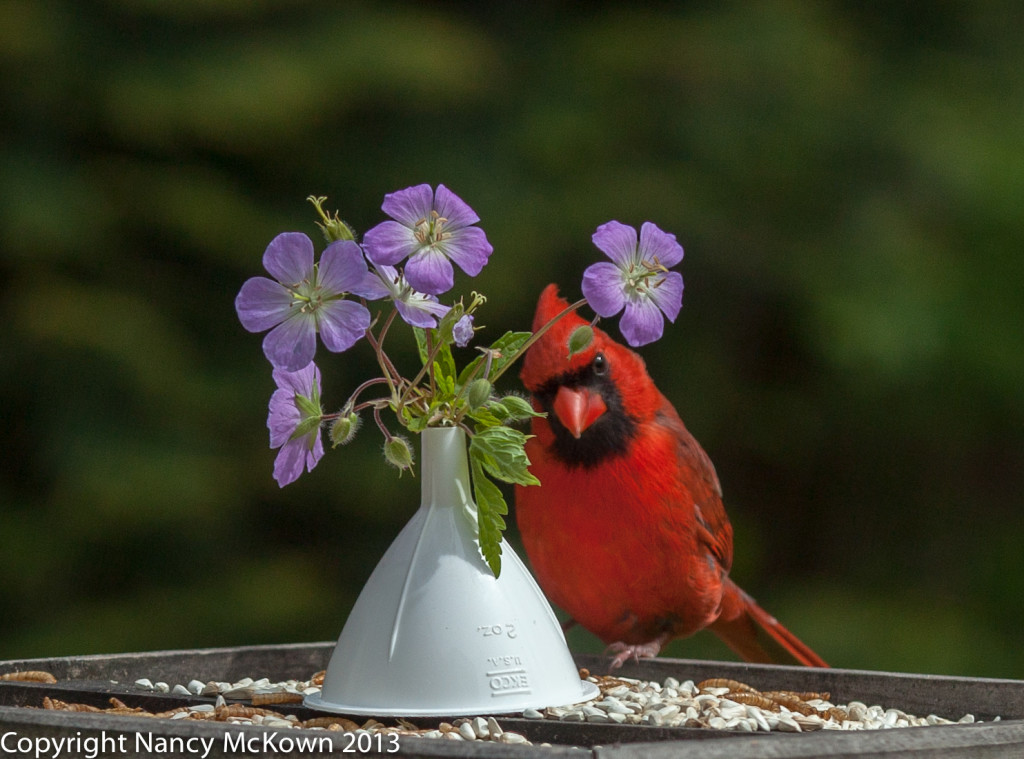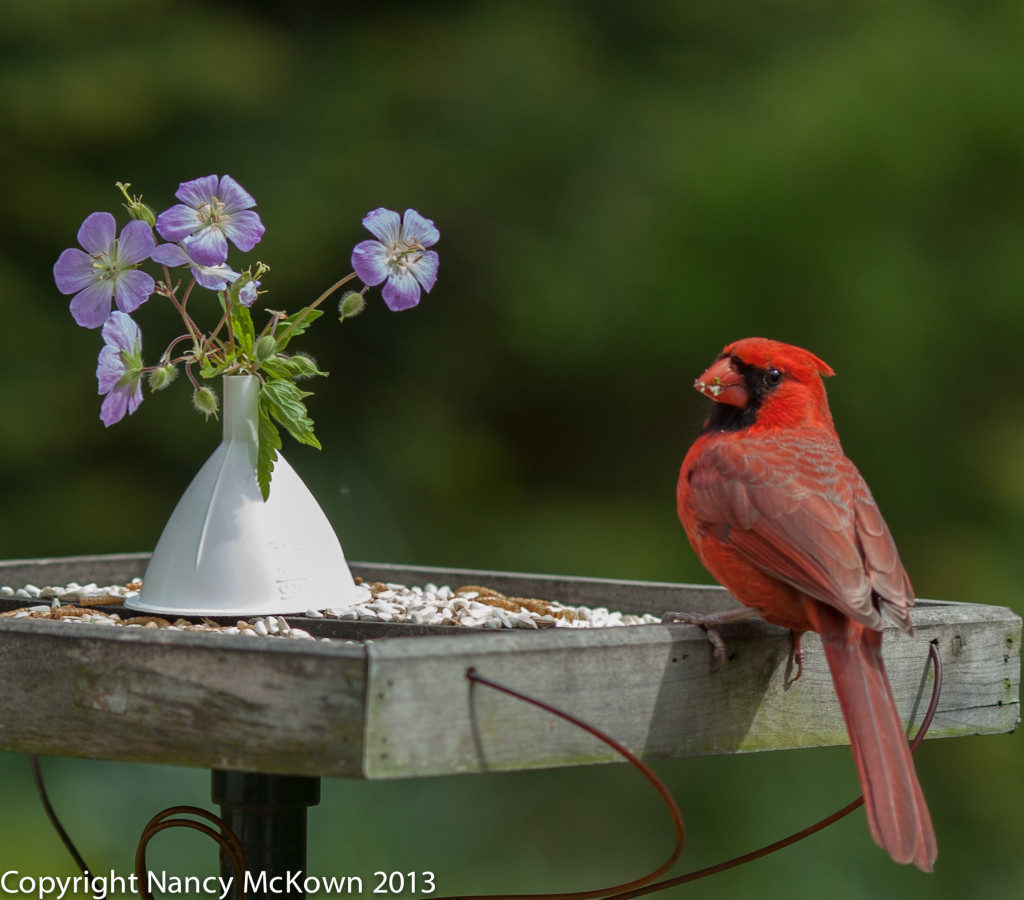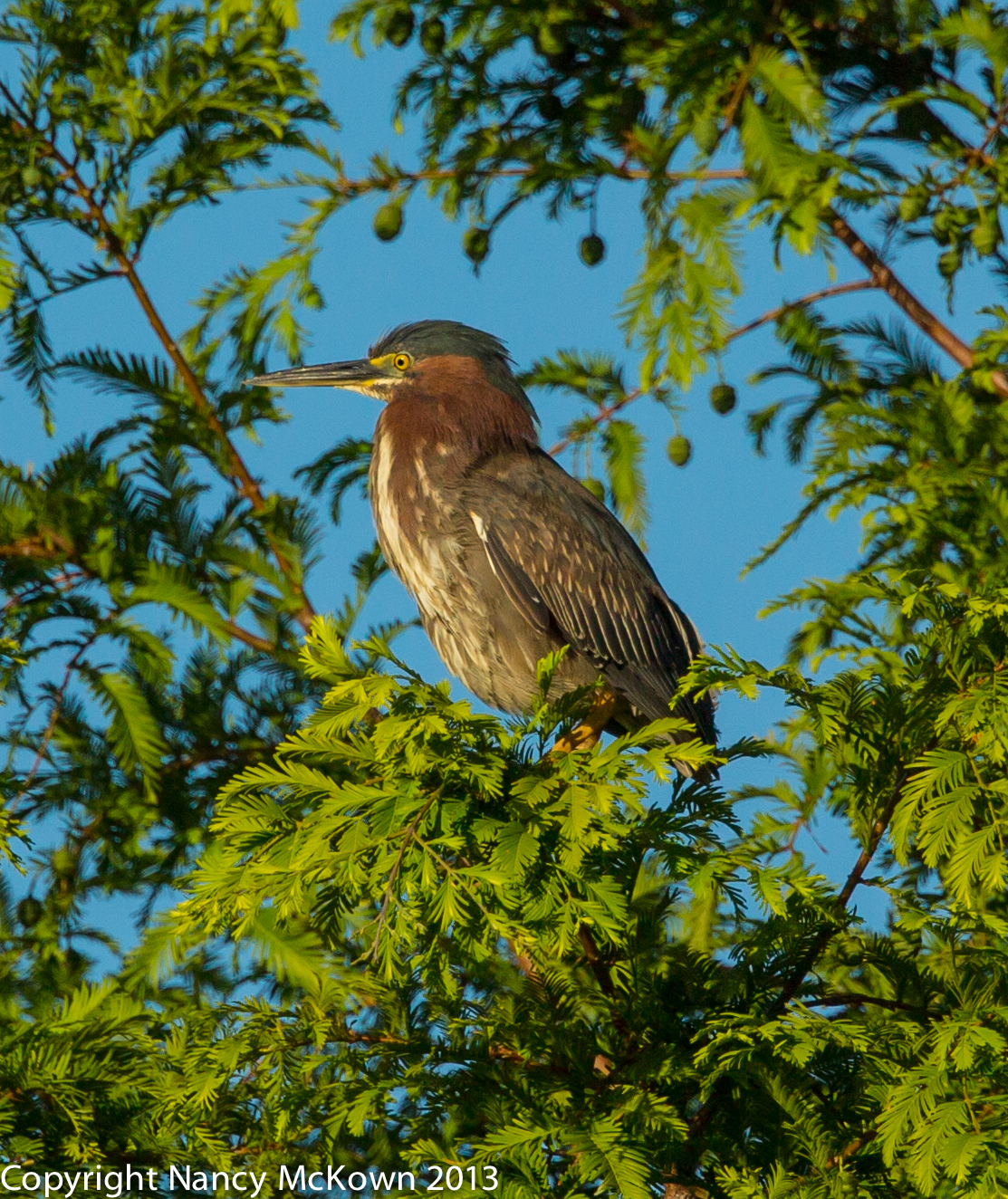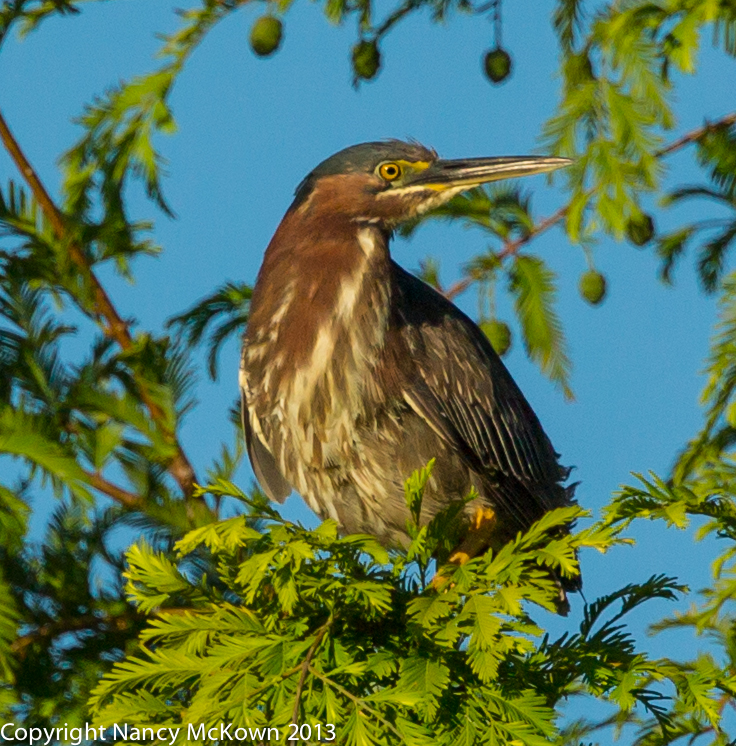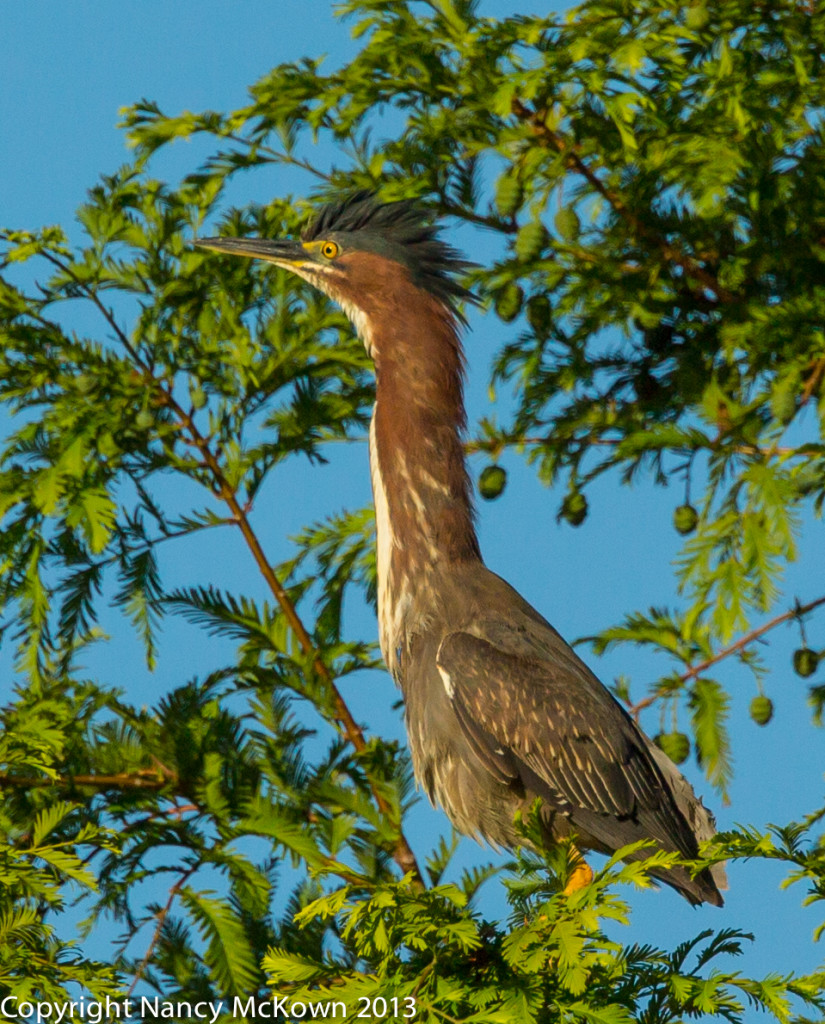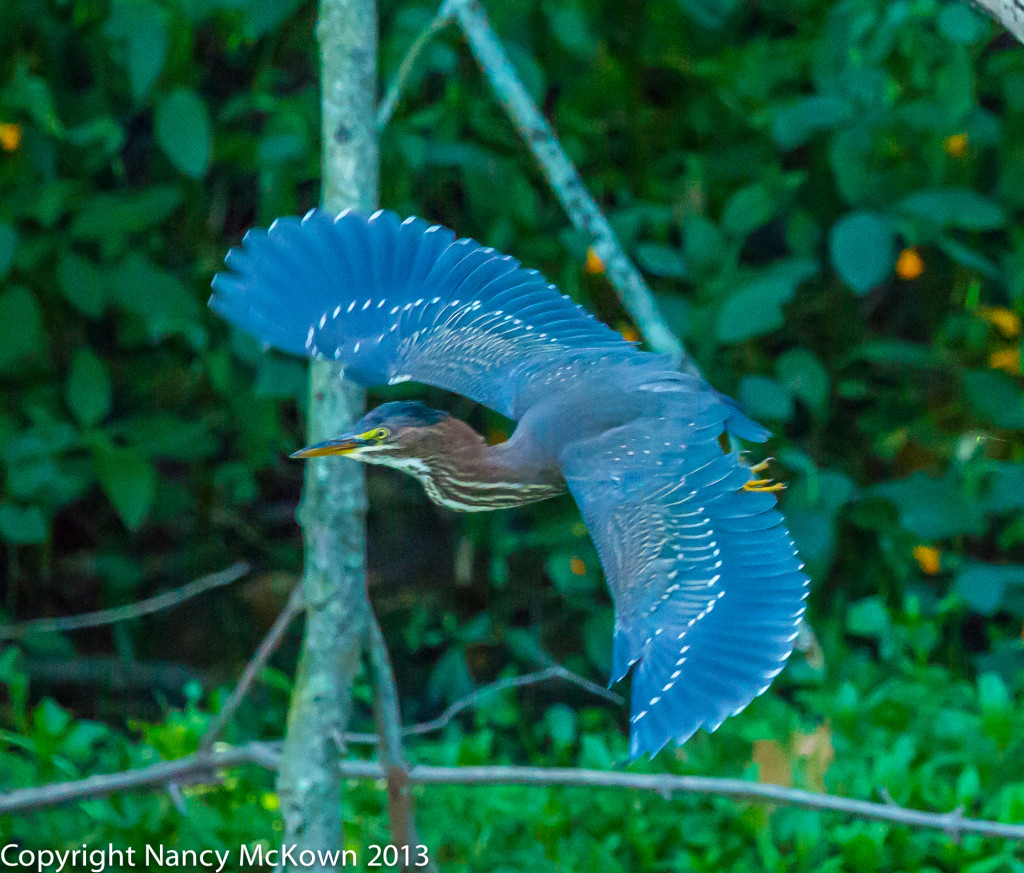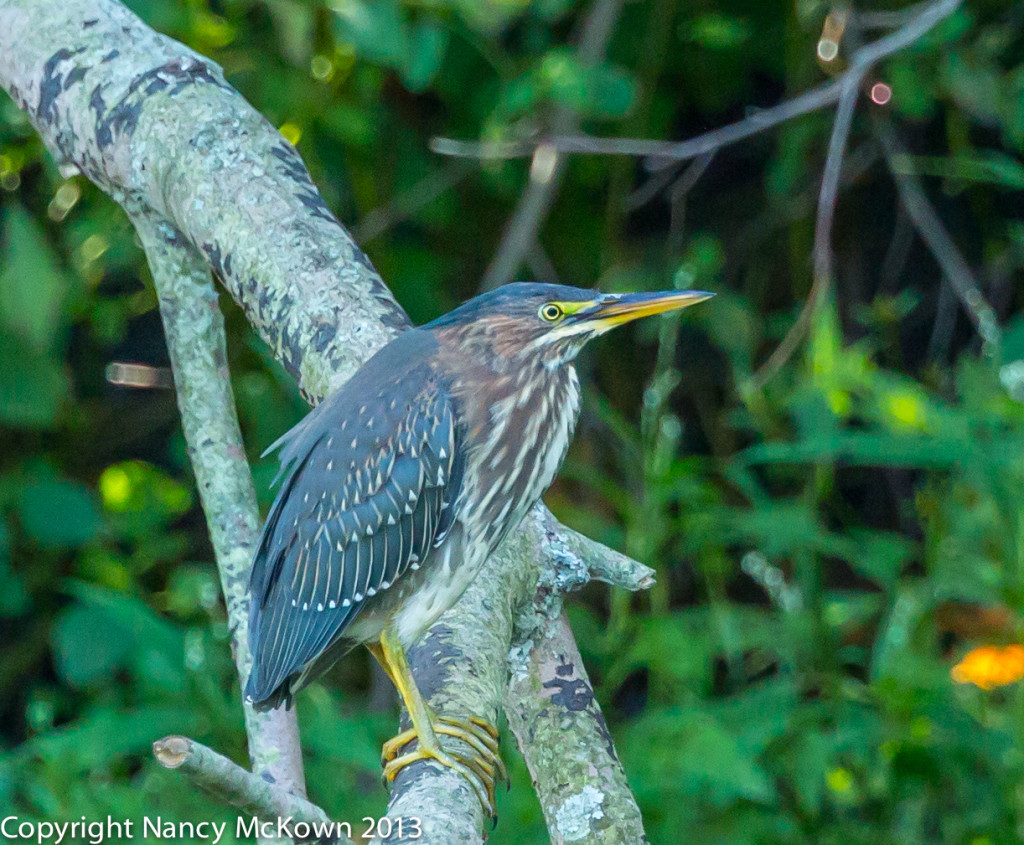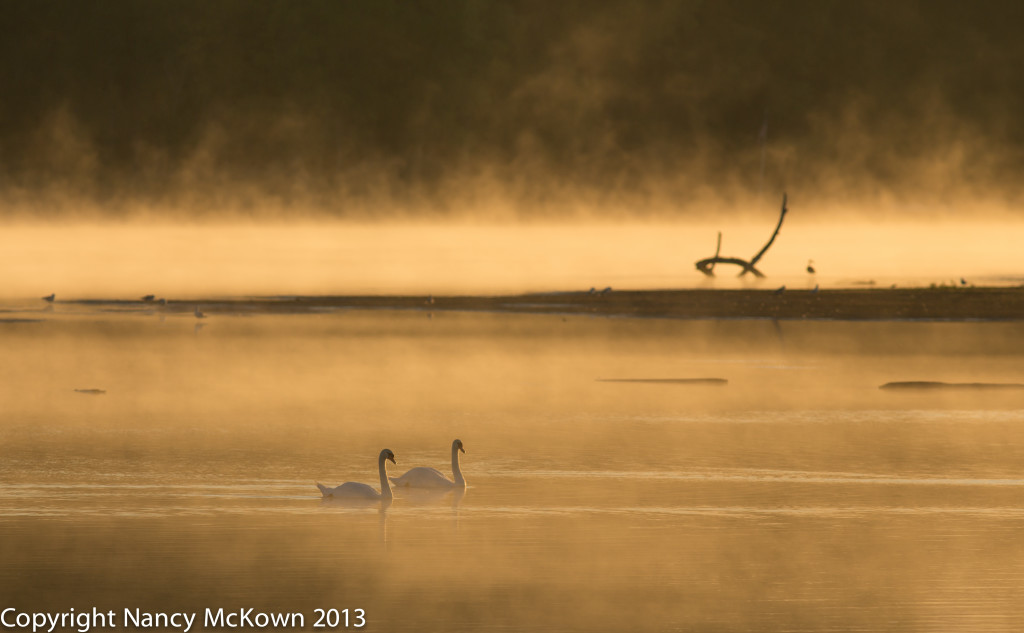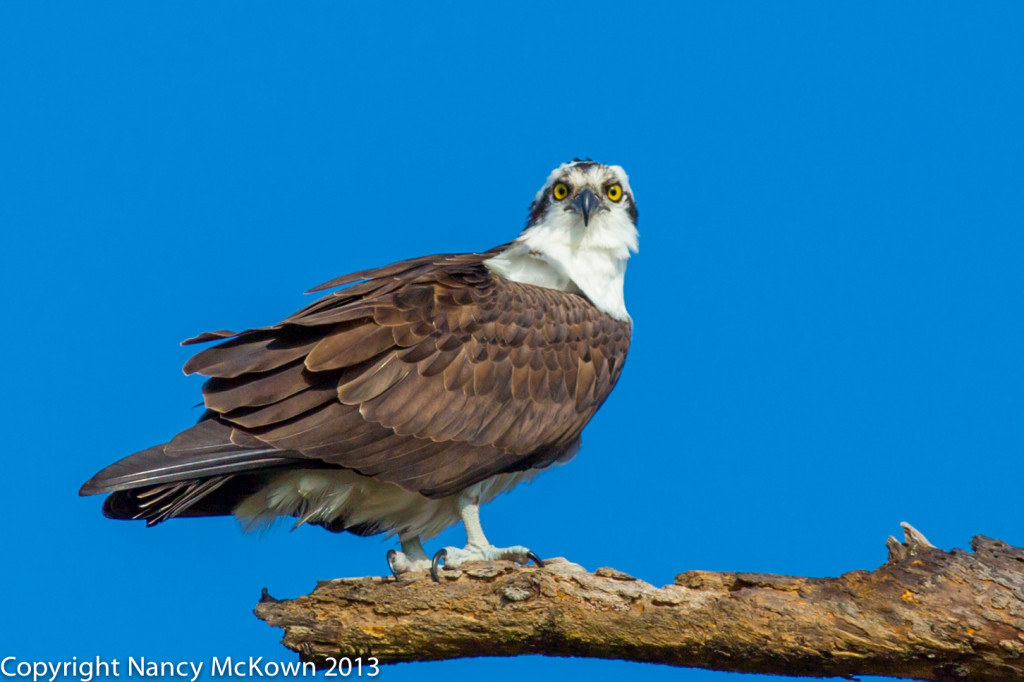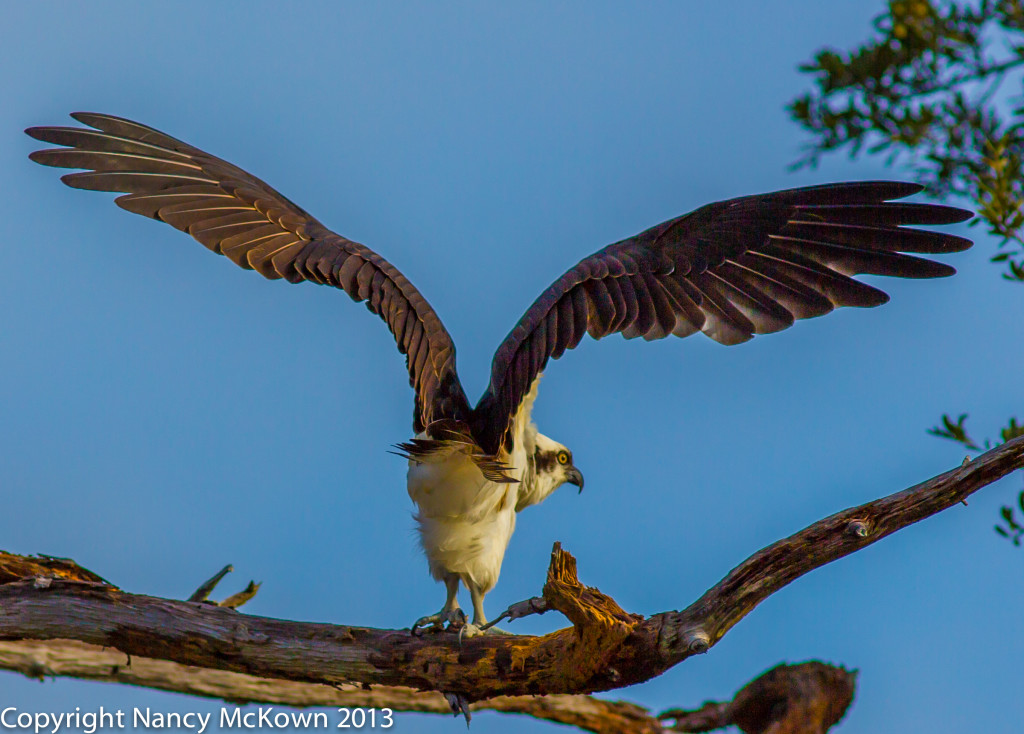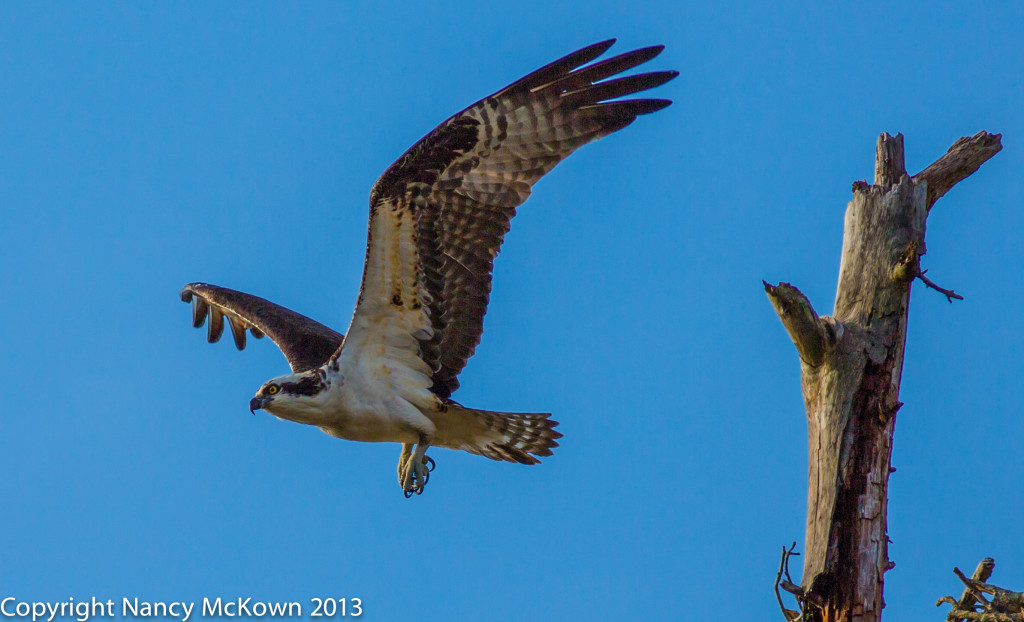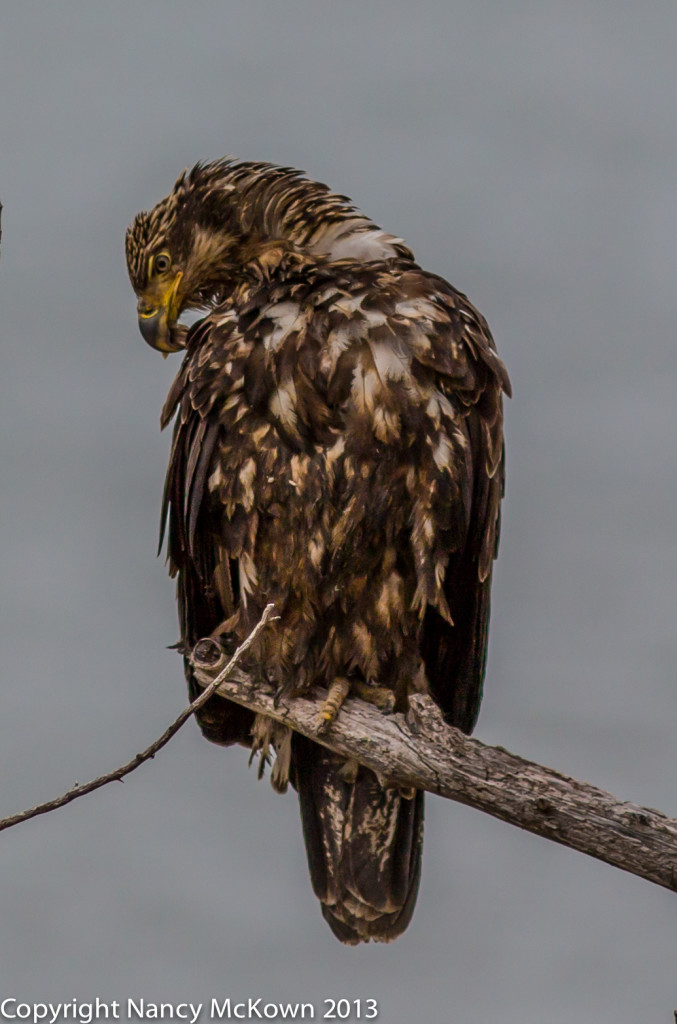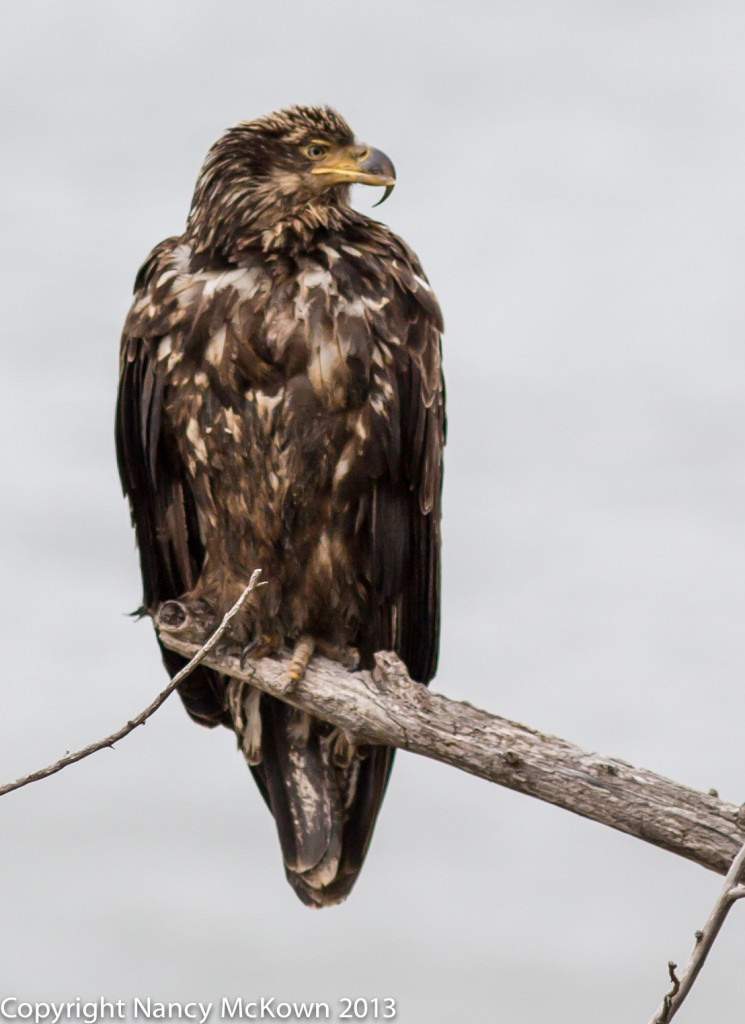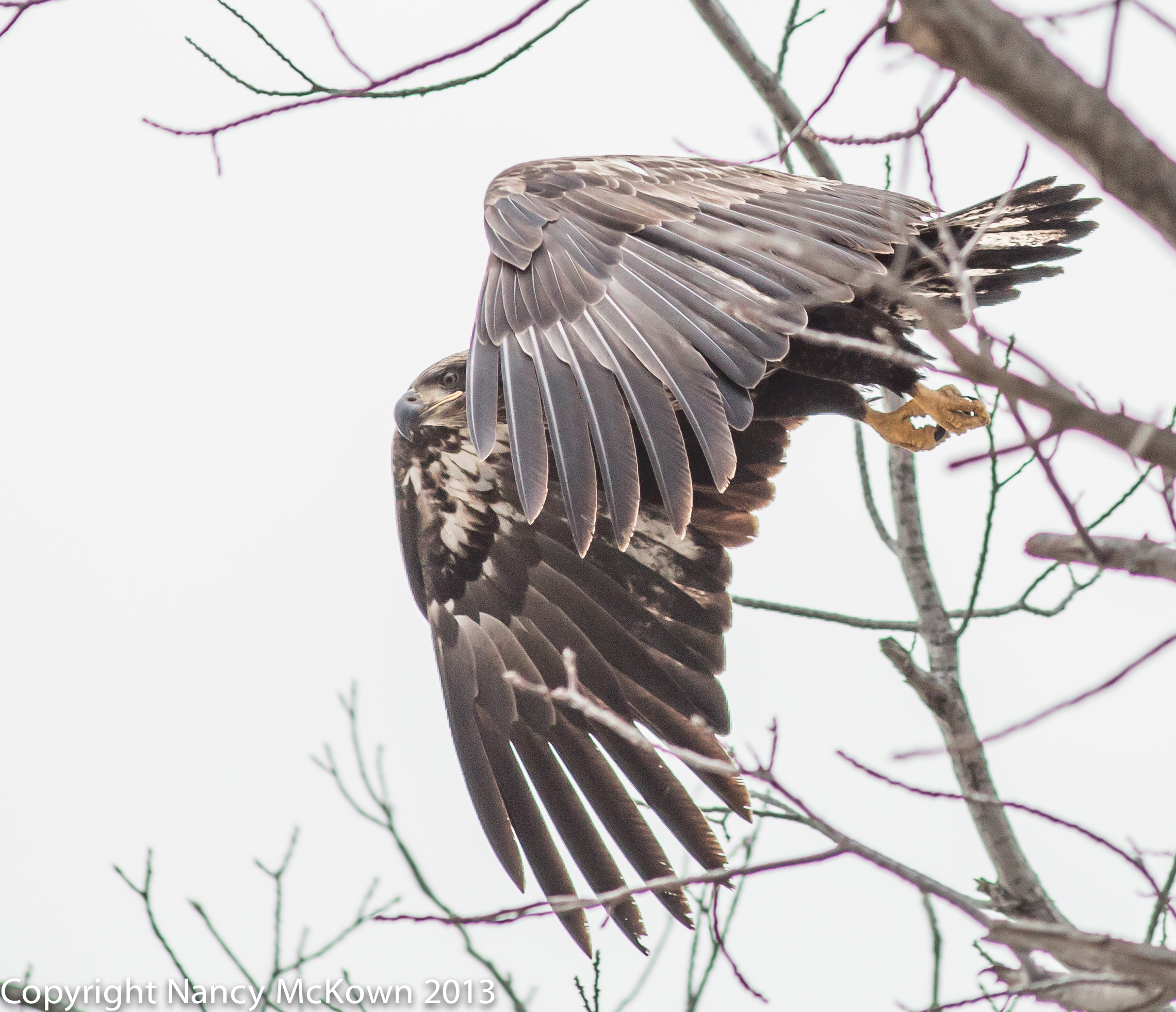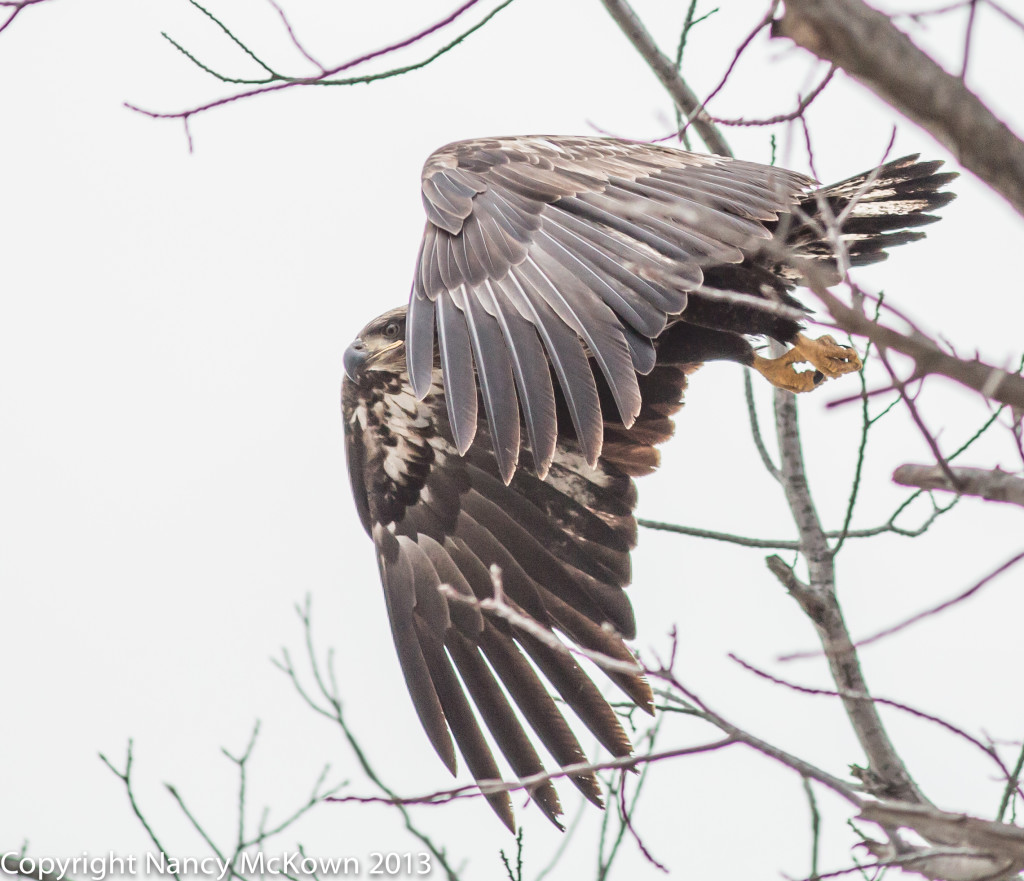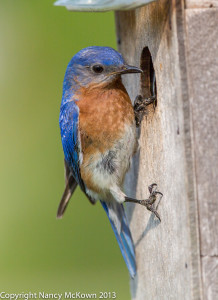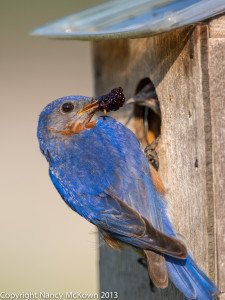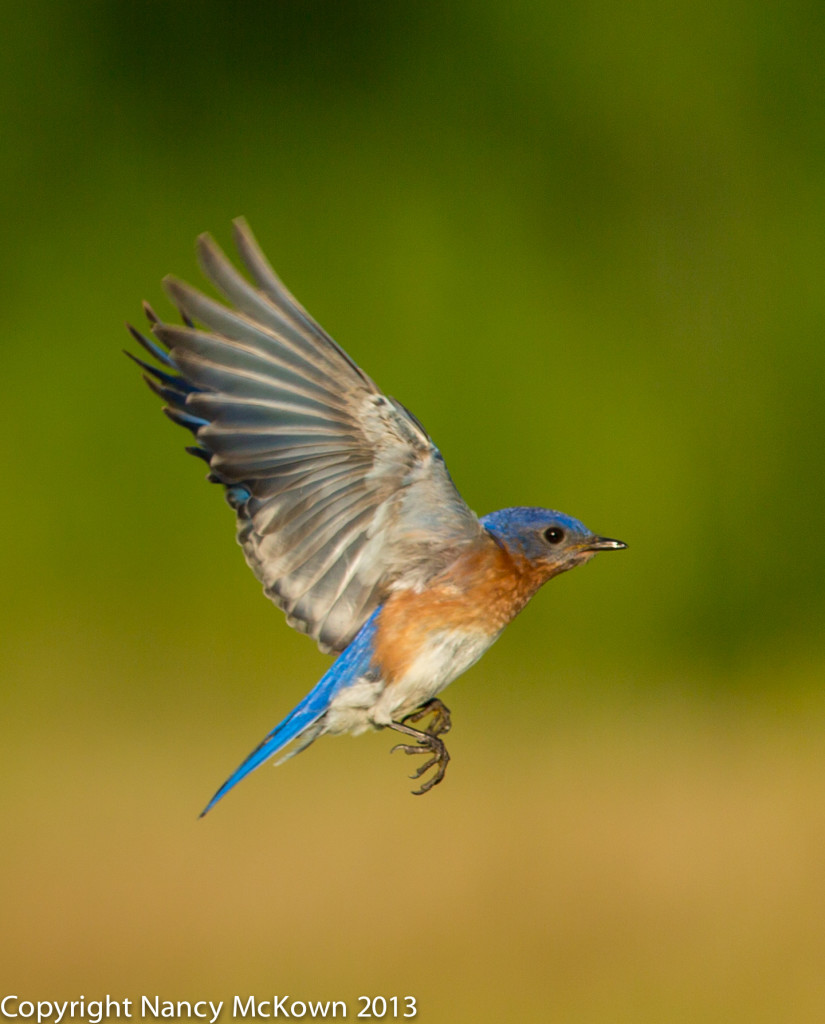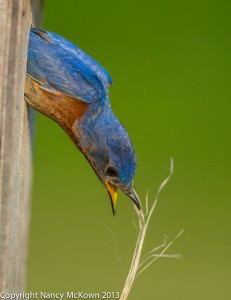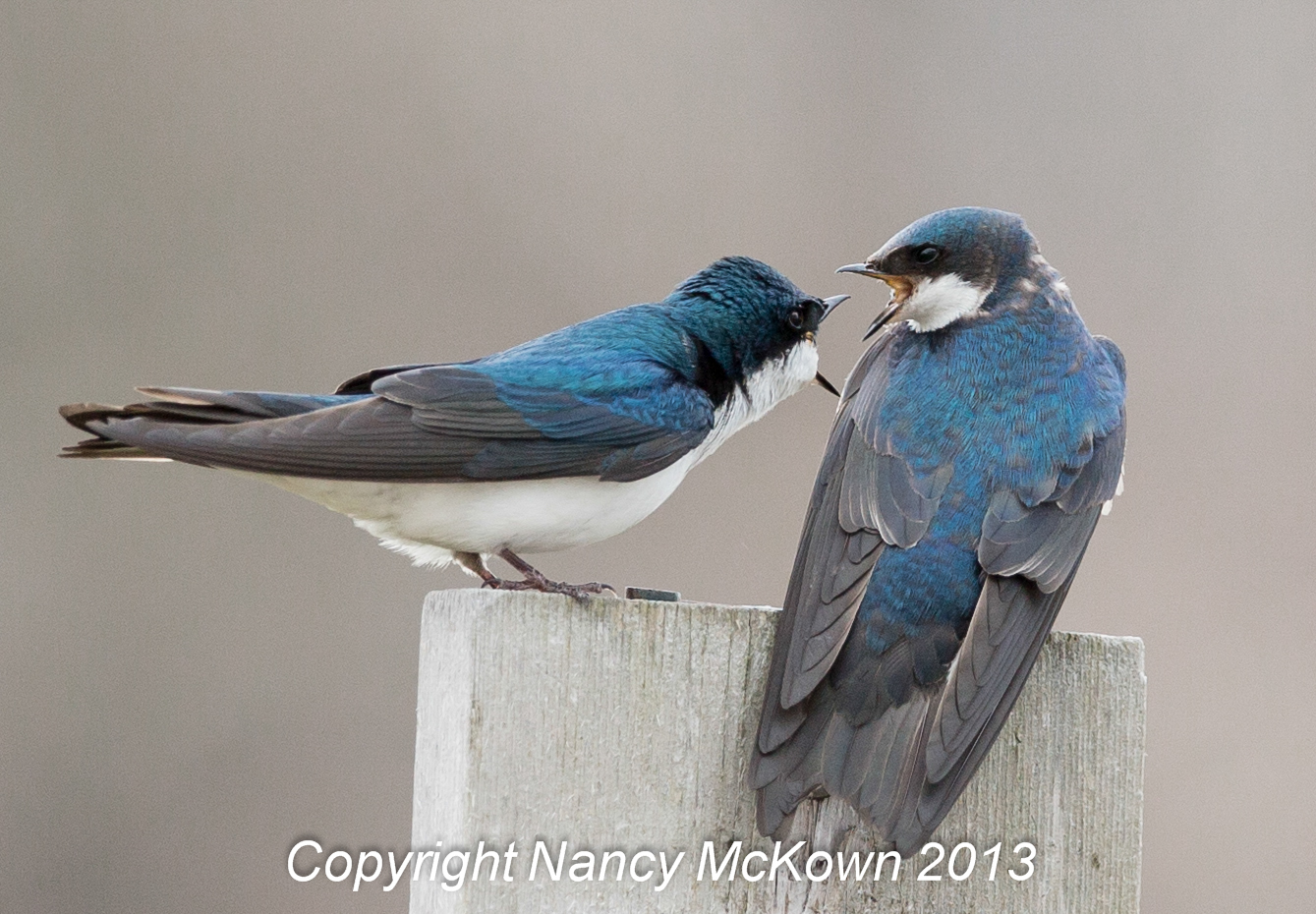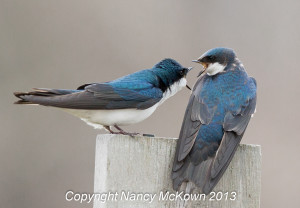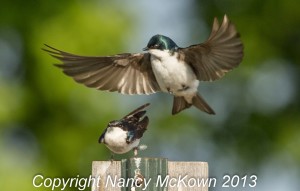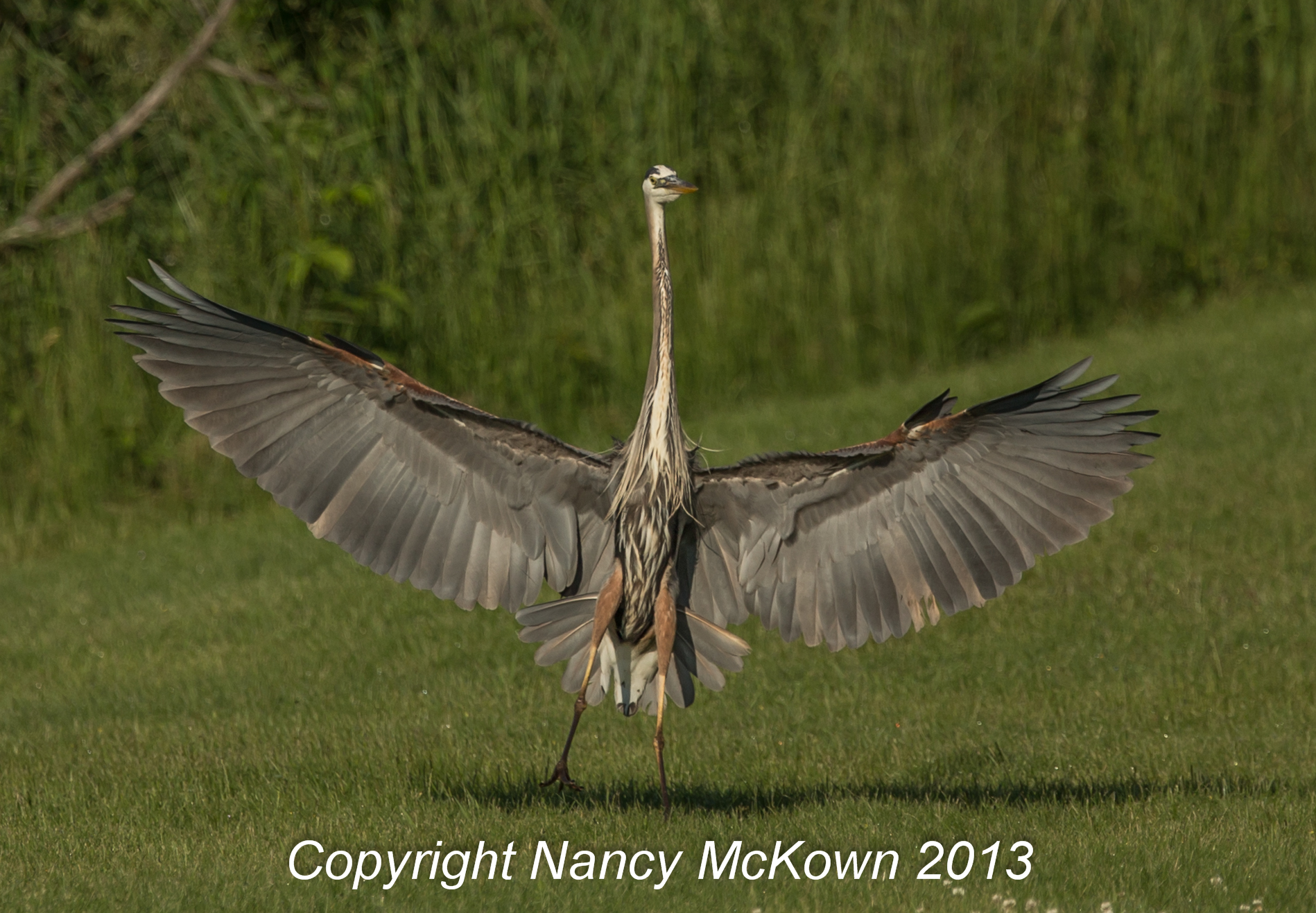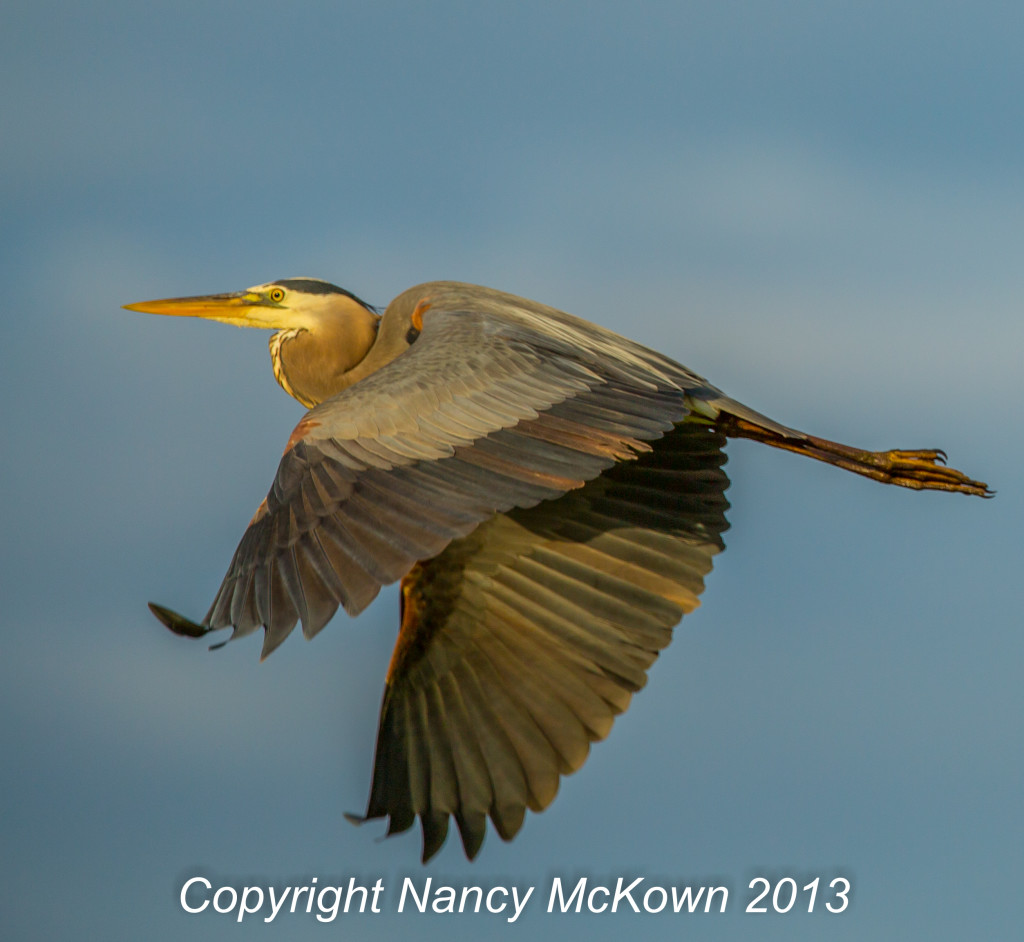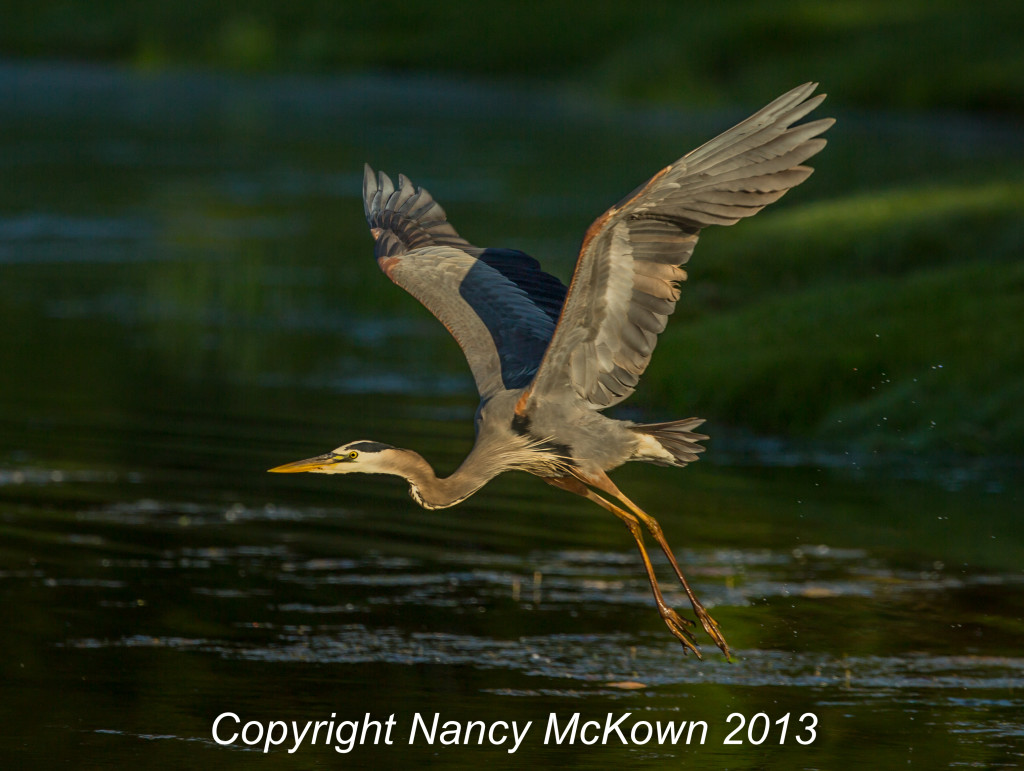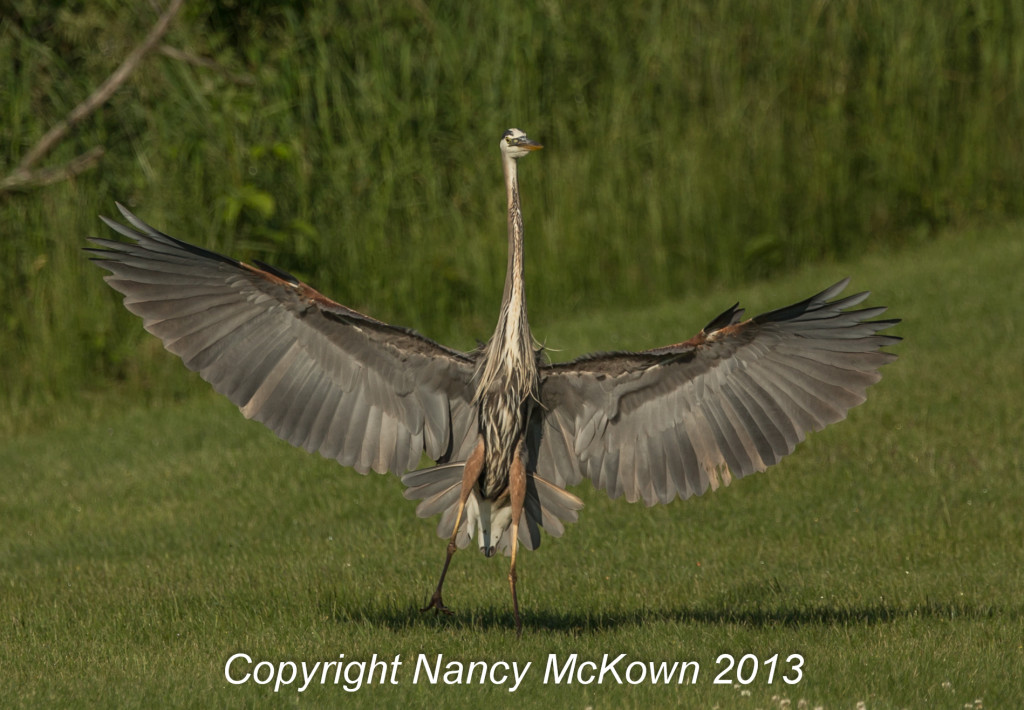Sandhill Cranes in Michigan
Late last Fall, we went with some friends to watch thousands of sandhill cranes congregate at the Baker Sanctuary, near Battle Creek, Michigan. Every year, cranes stop at this sanctuary briefly before they continue south. It was glorious.
I had my camera, but the distance was too great for my equipment to get a worthwhile shot. I watched other photographers with much heftier lenses get their shots.
Sandhill cranes are an impressive sight. They are huge birds; five feet tall with wings that span six to seven feet. I used to confuse them with the great blue heron – but the art of bird photography forces you to be more observant. The great blue heron is smaller with no red forehead and it curls its neck close to its body when it flies. Cranes extend their necks when flying.
A Glorious Spectacle to Photograph
By far, the most fascinating part of watching sandhill cranes is when they dance. I’ve seen them engage in this ritual throughout the season. I love it when they bow and then leap into the air and throw branches and sticks with their beaks. Quite the spectacle.
Capturing Sandhill Cranes During Take Off and Landing
Although I’ve yet to capture sandhill cranes dancing, I have had some success at getting good photographs of these marvelous birds.
On a very gray Michigan morning, I observed dozens of sandhill cranes feeding in a cut farm field near my home. The birds were far enough off that I was not perceived as a threat, but close enough that I could reach them with my longest lens. I was able to get out of the car and set up my tripod in the field nearest to the road.
I did not observe any of the ritual dancing in the 3 hours or so that I was there. Quite a few of the cranes were coming and going, much of it right over my head. So I focused my attention on capturing these beautiful birds in flight.
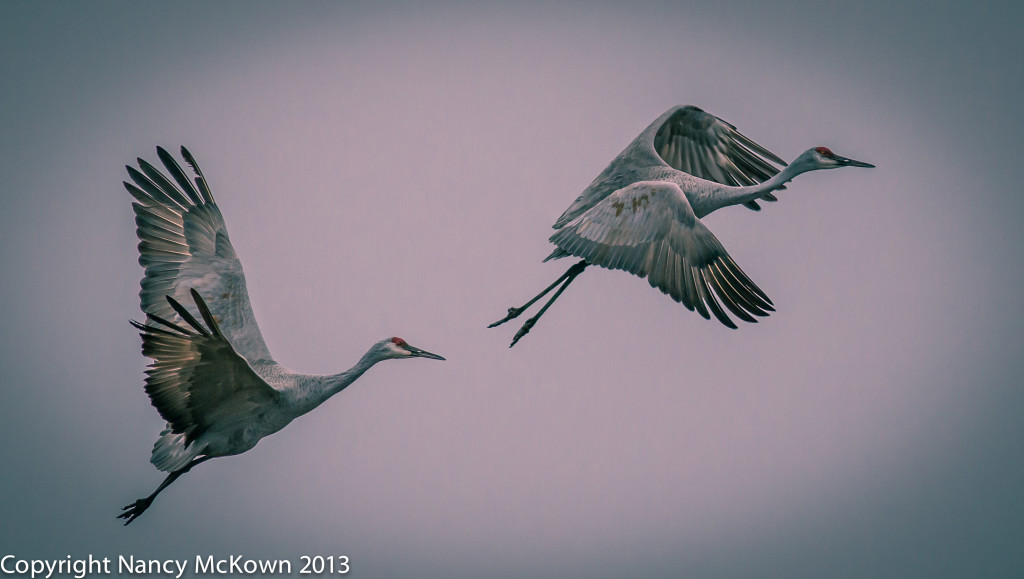
Tracking Movement with the Camera
Tracking a moving target while keeping the lens in focus is difficult. Once the shutter release is pressed half way down, the camera must complete the following functions before it will allow the photographer to complete the shot:
- Light Metering
- Image stabilization (assuming there is an image stabilizer on your lens)
- Focus
So, after you complete one shot and press the shutter button to take the next one, the camera automatically goes thru the process of metering, stabilizing and refocusing before you can take the next shot. Admittedly all these functions happen in seconds, but sometimes in the world of bird photography, that is just not fast enough.
Back Button Focusing
Back button focusing is a very useful option to track and continuously focus on flying birds. Using this function lightens the load on the shutter release while at the same time, allows the photographer to track focus faster and more accurately, especially when your subject is moving erratically.
Simple Procedure to Separate Auto Focus from the Shutter Button
Almost all DSLRs allow the photographer to separate the auto focus from the shutter release, and have for many years. Once you find this function on your camera, you can start practicing. It’s easy.
Simply focus on your subject, hold down the back focus button with your thumb and get ready to press the shutter release with your fore finger when the peak action starts.
The camera will continually focus on the subject, and the shutter will not try to focus before taking the photo. This means no half pressing the shutter button over and over again to re focus. Once the subject stops moving, let go of the back button focus and use the shutter button to focus as you did before.
Be Prepared
Things go very fast when your target starts moving. A tripod is essential here to help you pivot the lens as needed and track the action. Before you start shooting, make sure your settings are optimal – including the settings for focus tracking (AI Servo on Canon Cameras) and continuous (rather than single shot) autofocus shooting.
And most importantly, be sure that you have confirmed that your shutter speed is set high enough to capture in flight birds.
Adding a Little Color to the Gray Sky
I decided to liven up the background in the first photo by adding a little color. I used Lightroom to put a bluish/pink vignette in the four corners of the photo. The second photo of a sandhill crane coming in for a landing (see below) more accurately shows the dull gray of the morning sky.
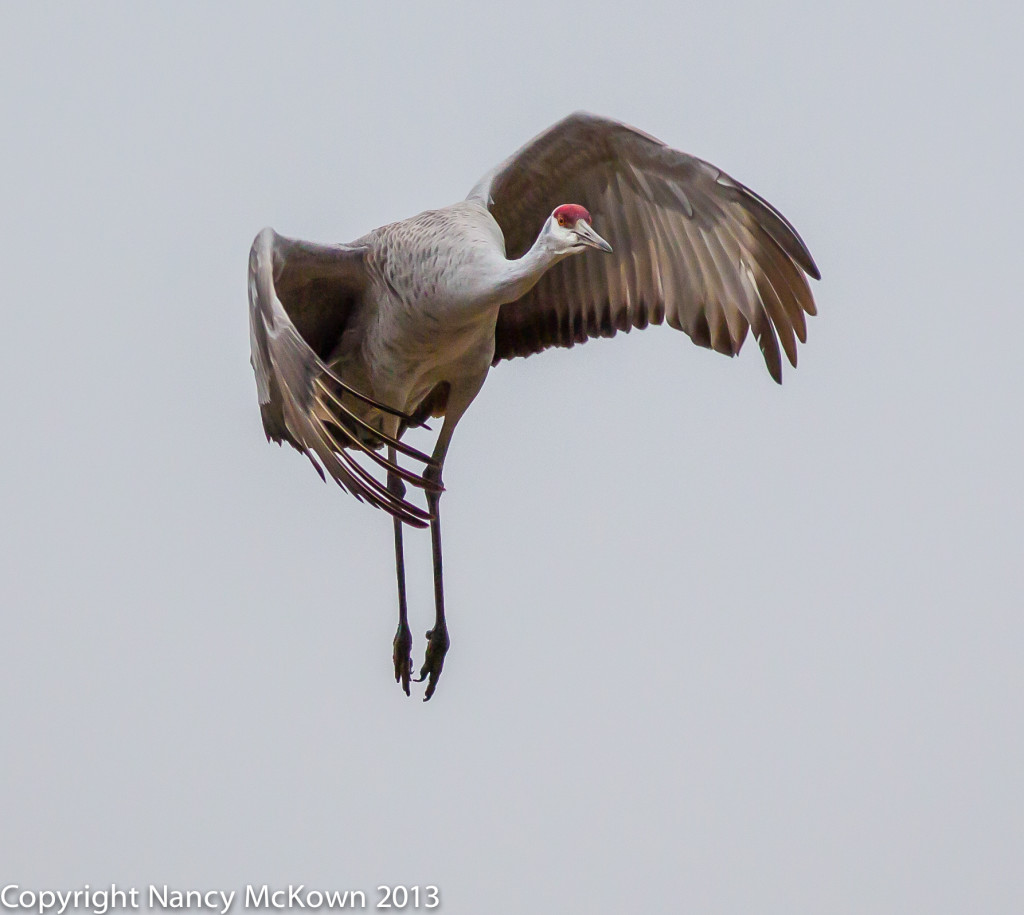
ISO 1000; F4.0; 1/3200 second
I’m hoping that the next time I head out to that field with my camera, the sandhill cranes will perform their playful dance for me.
